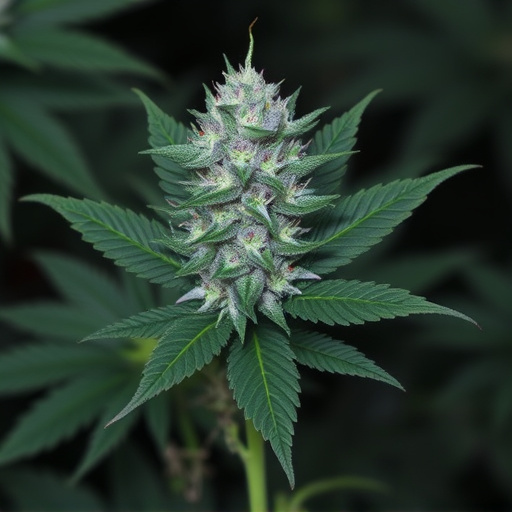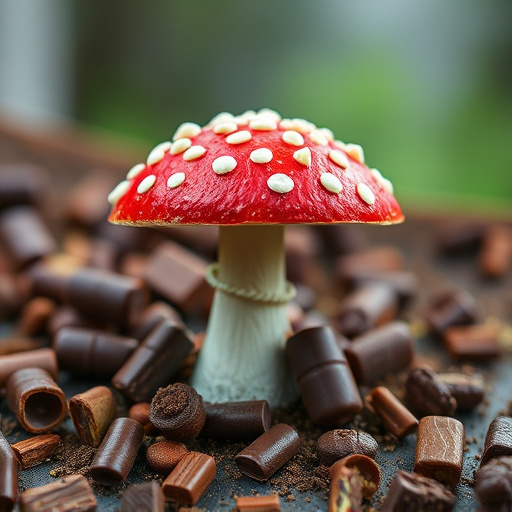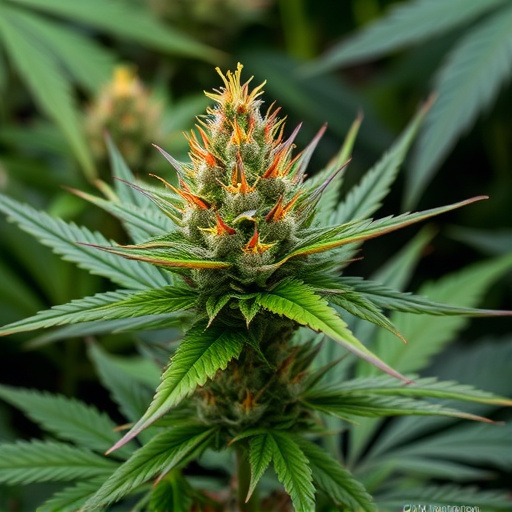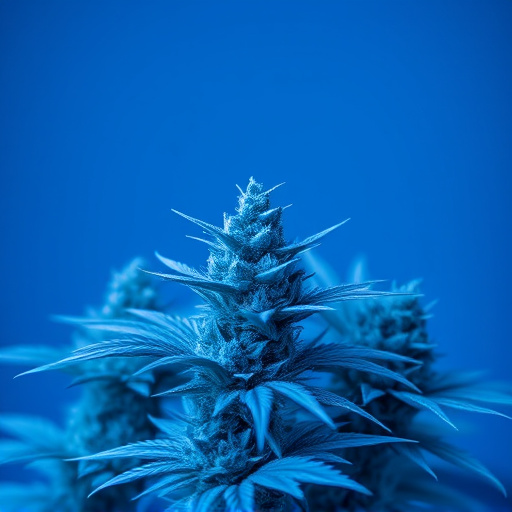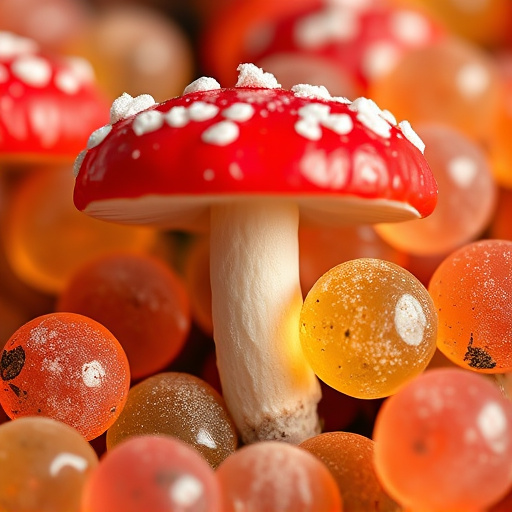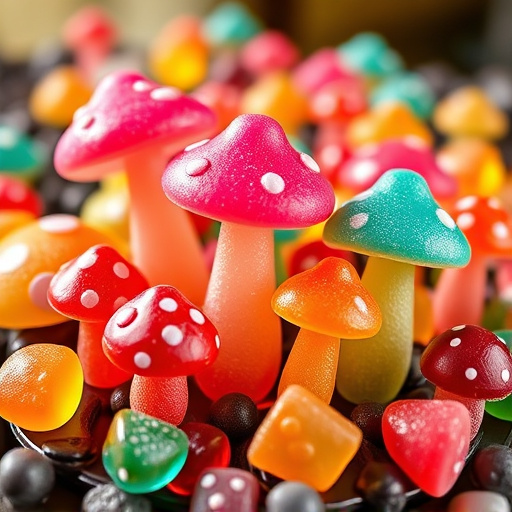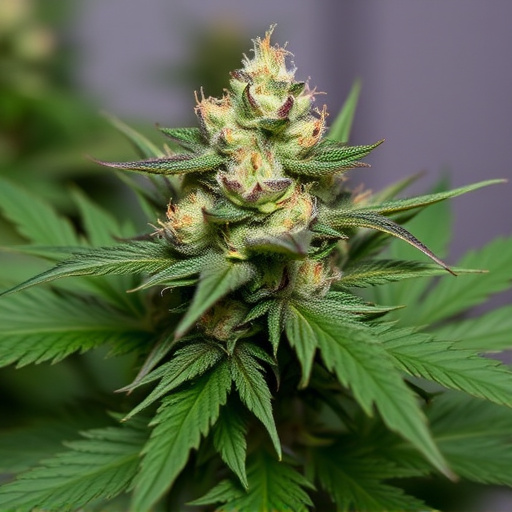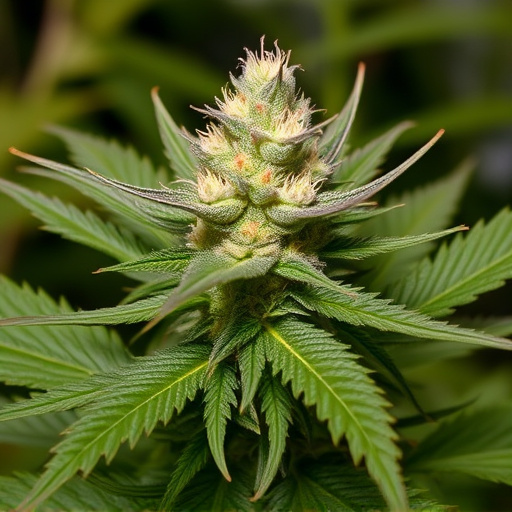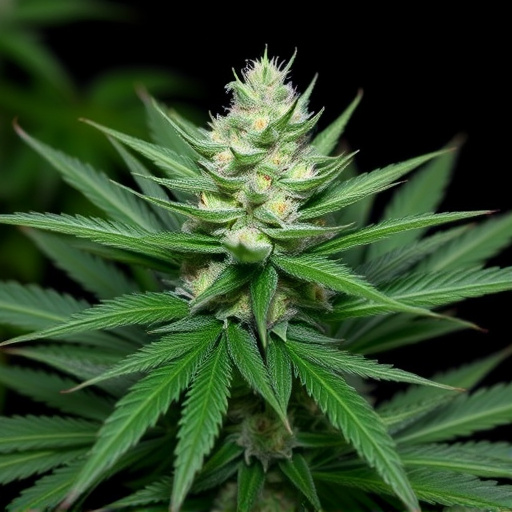Regular cannabis use, especially high-THC strains like Granddaddy Purple or Girl Scout Cookies, can lead to physical issues like respiratory problems and a weakened immune system. It also carries risks of dependence, tolerance, and long-term psychological effects such as mood disorders and anxiety, particularly in young users. However, choosing top cannabis strains with balanced profiles and high THC-to-CBD ratios can mitigate these negative side effects, offering a safer, more controlled experience while preserving the medicinal benefits.
“Explore the unexpected side effects of regular marijuana use in this comprehensive guide. While cannabis has gained popularity, its long-term impact on both physical and mental health deserves careful consideration. From potential respiratory issues to psychological concerns, we delve into the risks. Additionally, discover how specific top cannabis strains may play a role in mitigating these negative effects, offering a nuanced perspective on this evolving topic.”
- Potential Physical Side Effects of Regular Cannabis Use
- Psychological Impacts: Short-term and Long-term Concerns
- The Role of Top Cannabis Strains in Mitigating Negative Effects
Potential Physical Side Effects of Regular Cannabis Use
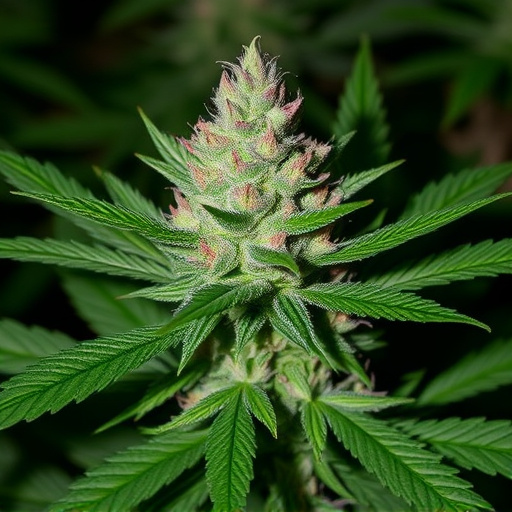
Regular cannabis use, especially among those who consume it several times a day or frequently, can lead to various physical side effects that often go unnoticed. While short-term impacts may include dry mouth and eyes, red and bloodshot eyes, and increased heart rate, long-term effects can be more concerning. Research suggests chronic cannabis users may experience respiratory issues due to the impact of smoke on the lungs, potentially leading to chronic bronchitis or other pulmonary problems. The active compounds in marijuana, particularly THC, can also affect the immune system, making frequent users more susceptible to infections and slower recovery times.
When it comes to top cannabis strains, some are known for their higher THC content, which may exacerbate these physical side effects. For instance, potent strains like Granddaddy Purple or Girl Scout Cookies have been linked to increased anxiety and paranoia in certain individuals due to the intense psychoactive effects. Moreover, regular consumption can lead to dependence and tolerance, making it harder to control usage and potentially triggering withdrawal symptoms when trying to quit.
Psychological Impacts: Short-term and Long-term Concerns

Smoking weed, or cannabis, has been linked to various psychological impacts, with effects varying based on frequency and individual susceptibility. In the short term, users may experience heightened senses, increased creativity, and relaxation, often sought after by those looking to unwind or stimulate their minds. However, these initial sensations can also lead to anxiety, paranoia, and in some cases, psychotic episodes, especially in individuals predisposed to mental health conditions like schizophrenia.
Long-term use of cannabis, particularly among younger people, is associated with persistent psychological effects. Regular users may find themselves more susceptible to mood disorders, such as depression and anxiety, over time. Research suggests that certain top cannabis strains, known for their high THC content, can exacerbate these issues. While some advocate for medical marijuana to manage conditions like PTSD or chronic pain, the potential long-term psychological consequences should not be overlooked, especially when considering the impact on mental health and overall well-being.
The Role of Top Cannabis Strains in Mitigating Negative Effects
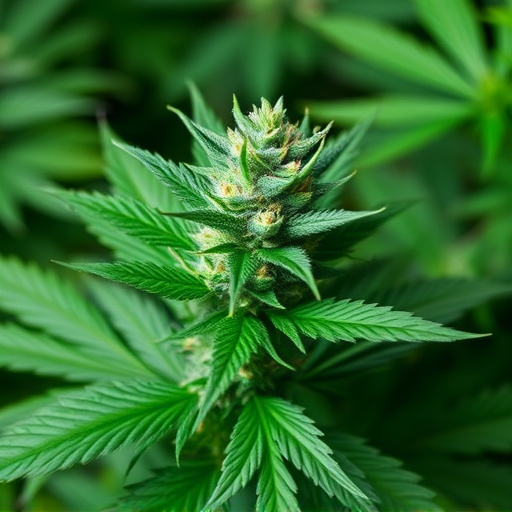
The choice of cannabis strain can play a significant role in mitigating the potential negative side effects associated with smoking weed. Top cannabis strains, known for their balanced profiles and high THC-to-CBD ratios, offer users a more controlled experience. Tetrahydrocannabinol (THC) is the primary psychoactive compound responsible for most of marijuana’s effects, while cannabidiol (CBD) has gained attention for its potential therapeutic benefits without the intoxicating effects.
Many top cannabis strains are bred to minimize undesirable traits and maximize desirable ones. These carefully curated varieties can help users avoid overwhelming feelings of anxiety or paranoia that sometimes accompany higher THC content. Instead, they offer a more balanced high, allowing individuals to enjoy the potential medicinal properties of cannabis while minimizing risks.
While cannabis can offer recreational and medicinal benefits, it’s crucial to acknowledge its potential side effects. Regular use may lead to physical issues like respiratory problems and memory impairment, as well as psychological impacts ranging from anxiety to mental health disorders. However, exploring the right top cannabis strains can help mitigate these negative effects. Understanding both the risks and the power of different strains is essential for making informed decisions regarding cannabis consumption.
